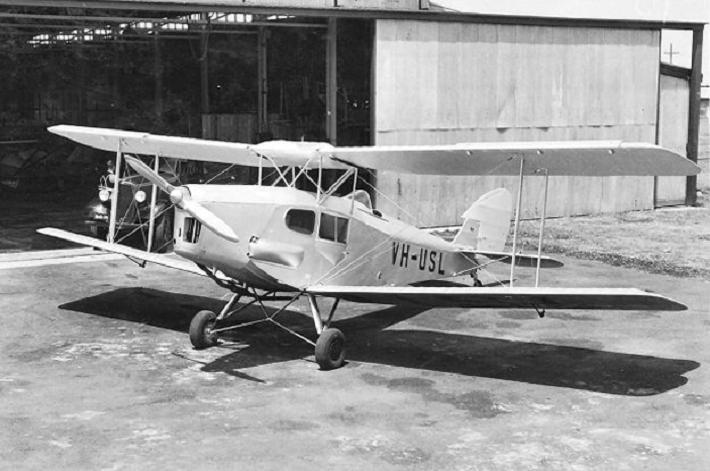The Royal Flying Doctor Service is invaluable for Australians everywhere, especially those who live in the Outback, thousands of kilometres from medical assistance in the nearest cities. The RFDS has been in operation for 92 years and in the years since its inception, the service has had to evolve and adapt to a growing population, everchanging medical needs and new technologies.
We haven’t all been around long enough to see just how much the service has changed, but an image posted recently on the Qantas Instagram page proves just how different the service is to how it first looked.
The image in question is from 1928 and depicts the very first plane to bear the RFDS signage – although it was originally known as the Australian Inland Mission Aerial Medical Service – which was supplied by Qantas.
The partnership was formed when Reverend John Flynn, the founder of the RFDS, was approached by Hudson Fysh, one of the founders of Qantas (then known as the Queensland And Northern Territory Aerial Service) who wanted to pledge his support for the project.
Curated news for men,
delivered to your inbox.
Join the DMARGE newsletter — Be the first to receive the latest news and exclusive stories on style, travel, luxury, cars, and watches. Straight to your inbox.
Qantas supplied a De Havilland DH.50, with the tail number VH-UER and dubbed “Victory”. The first flight was piloted by Arthur Affleck and took off on 17th May 1928 from Cloncurry, Queensland, making an 85-mile journey to Julia Creek.

Qantas didn’t provide the plane for free, however, and charged two shillings per mile during the Victory’s first year of use (which equates to just under AU$9 per mile in today’s money, and $765 for the 85-mile trip).
Over the next few decades, the RFDS – which finally received its current name in 1955 – opened up several new sites and new airports to land at across Australia. It was also credited with world-first honours, including having the world’s first female flying doctor in Dr Jean White.
In addition, “Flying Sister” nurses were responsible for introducing new innovations such as a numbered body chart that allowed patients to better describe where their pain was being felt.
As for the aircraft the service used, in 1934 the inaugural De Havilland supplied by Qantas was replaced with a DH.83 Fox Moth, a small biplane manufactured by De Havilland. De Havilland aircraft continued to dominate the fleet until 1950 when Beechcroft and Cessna aircraft were brought into service.

Today, the Royal Flying Doctor Service has 77 planes in its fleet commissioned to fly in Australia, split across four different aircraft: two Pilatus jets and two King Air propeller-powered planes. These aircraft have all been paid for through donations (and are no longer supplied by Qantas) and all fly at least 30,000 feet in the sky, but usually higher so as to avoid any turbulence and keep passengers and medical staff safe from motion.
They’re outfitted with stretcher beds and the very latest in in-flight technologies for both the pilot and medical team. It goes without saying they’re a far cry from the original bi-plane that took off in 1928. The Pilatus jets operate in WA, SA and NT, while the King Air cousins are used in QLD, NSW, VIC and Tasmania.

